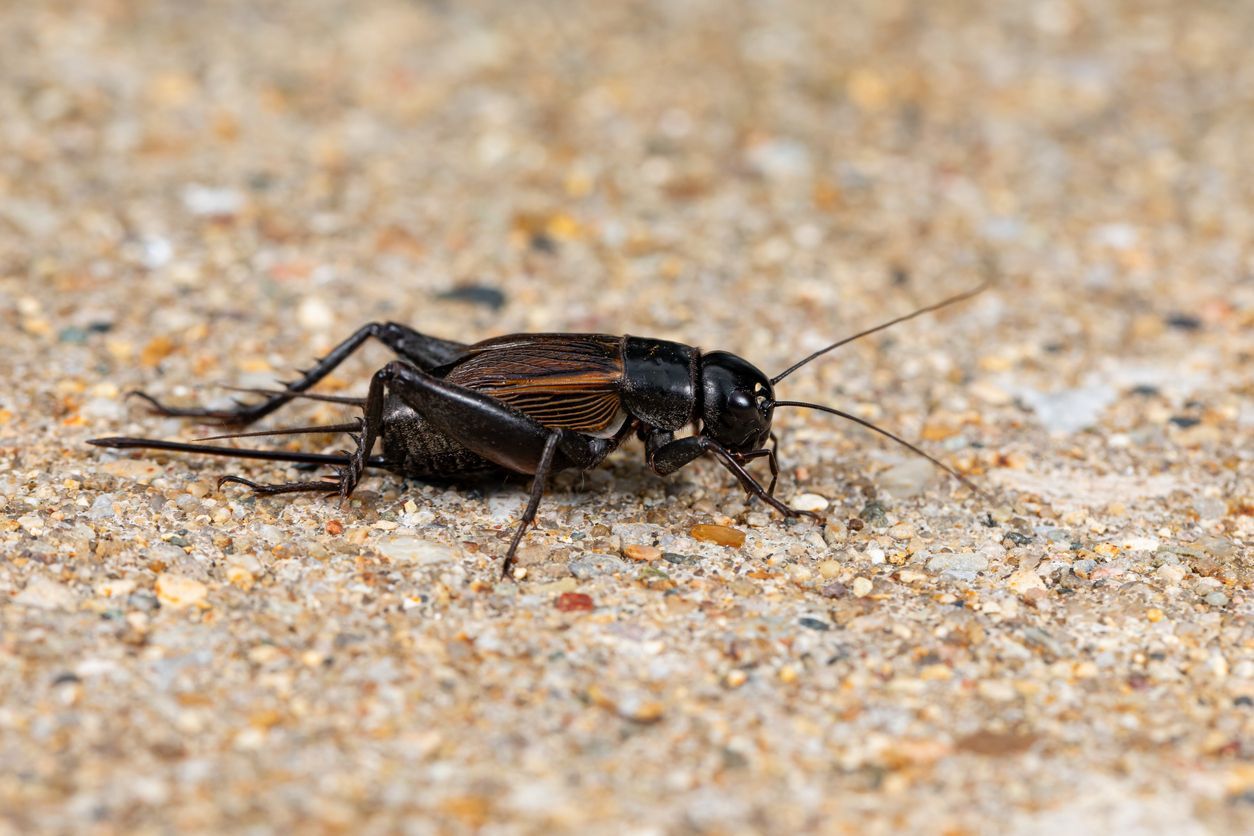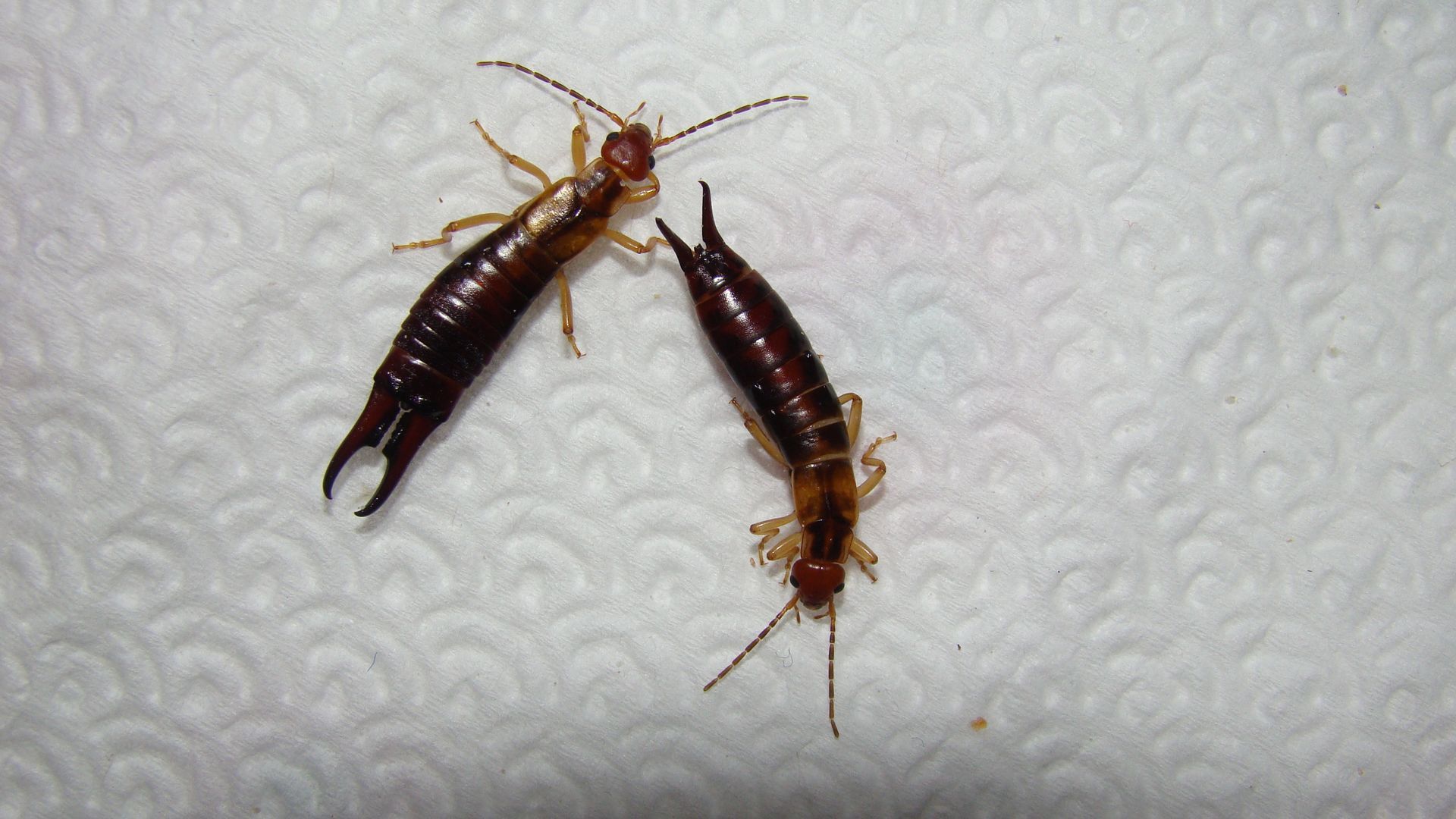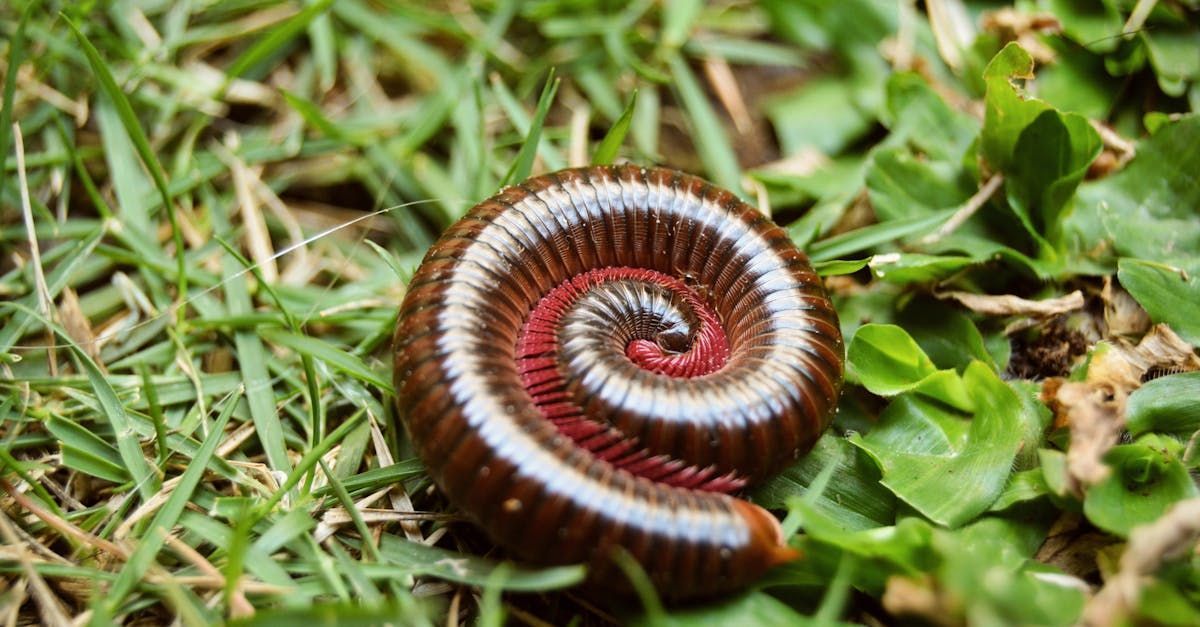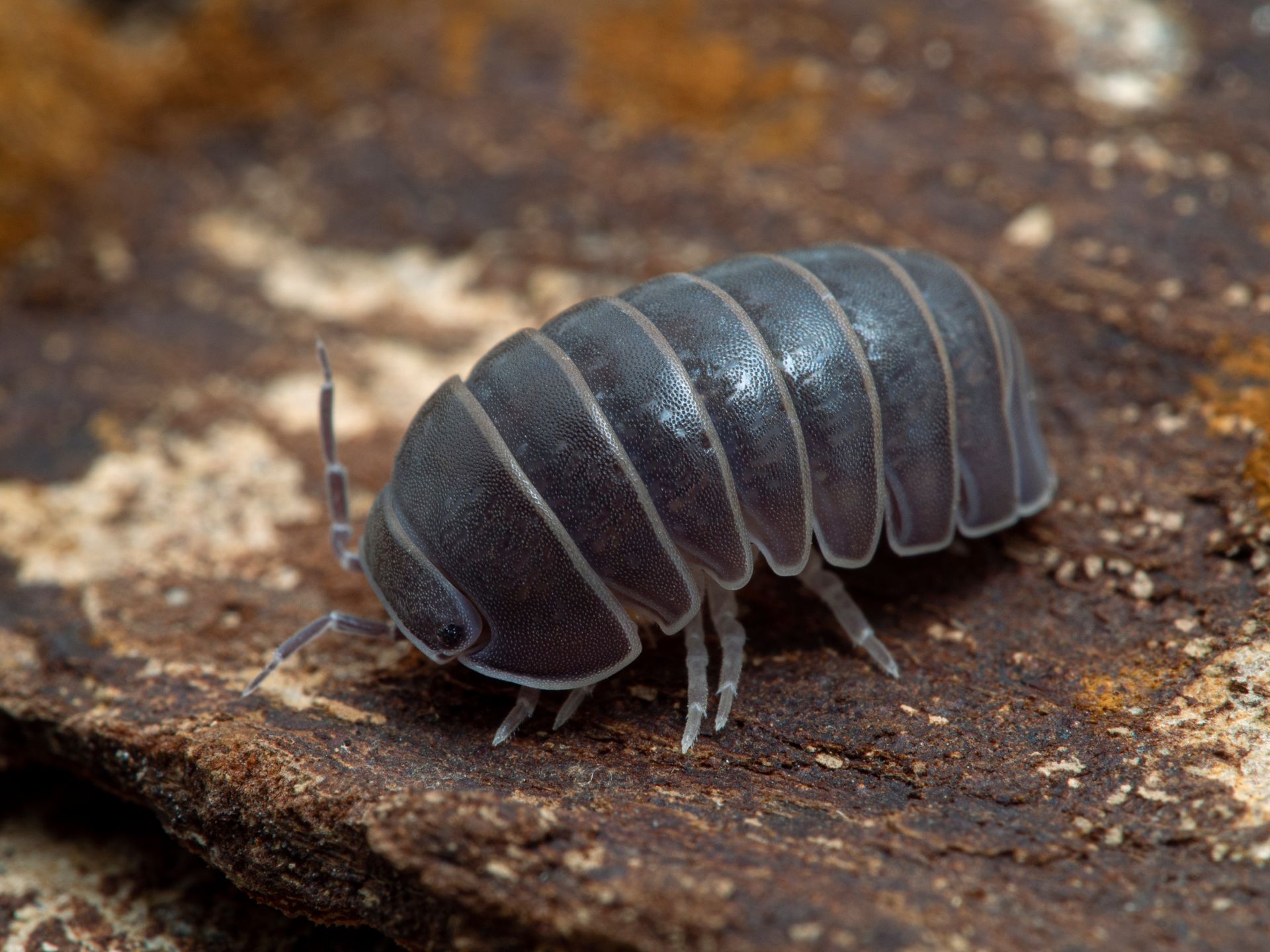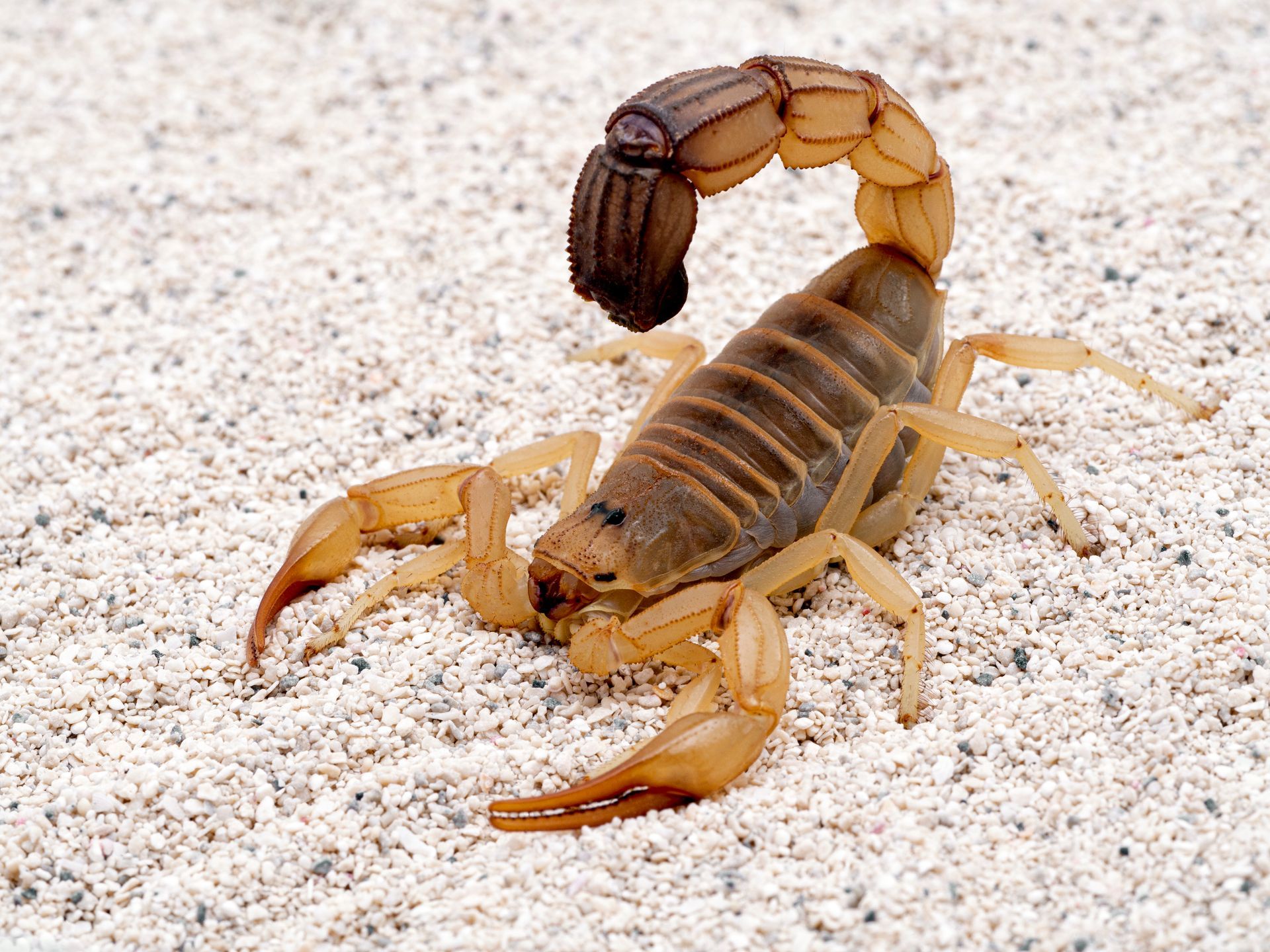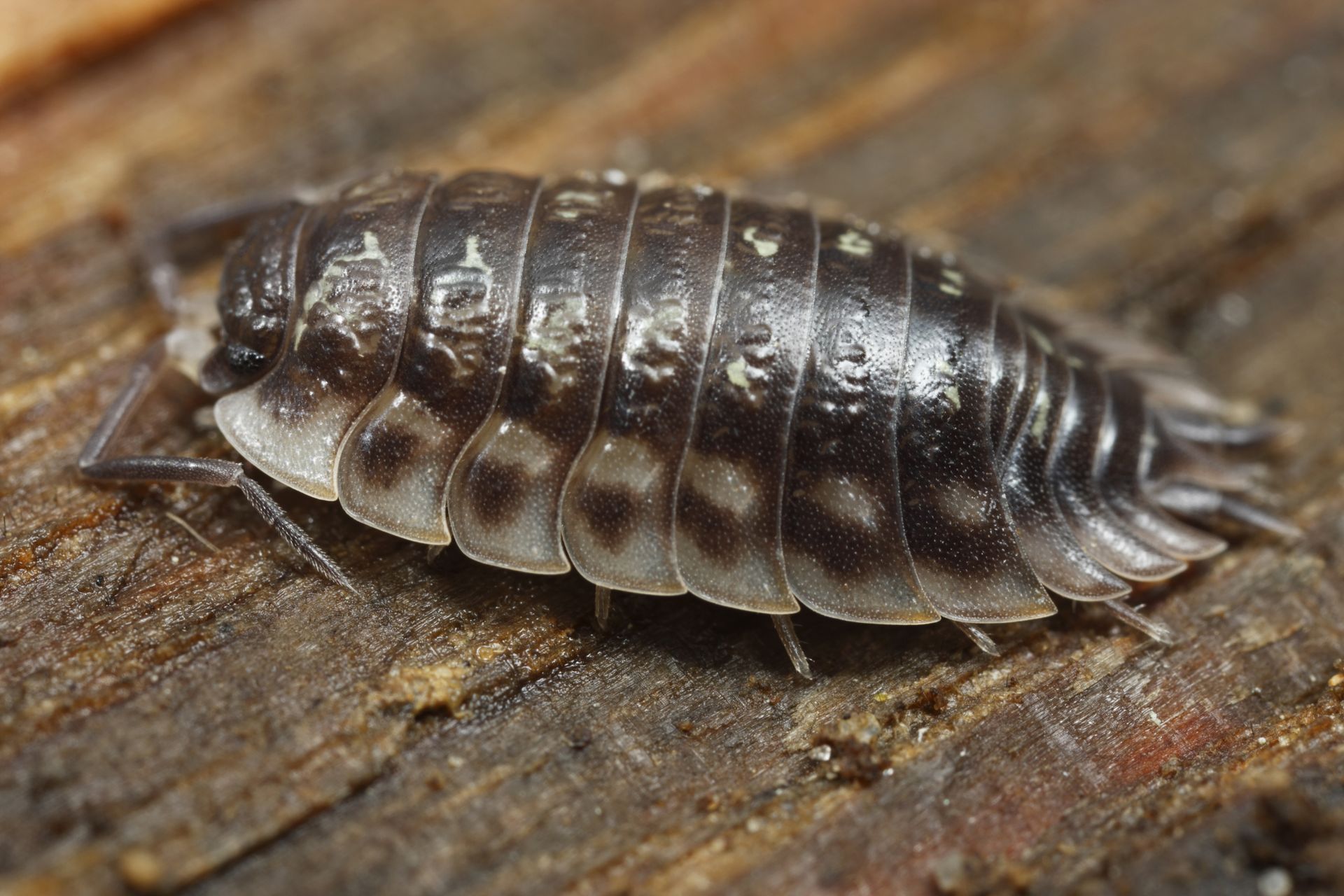Occasional Pests Control Services
Occasional Pest Specialists in Dallas-Fort Worth, Texas
Occasional pests are unwanted creatures that sporadically invade homes and businesses based on the season or specific conditions. At One Stop Termite & Pest Control, we offer occasional pest control solutions designed to tackle a variety of pests, including pill bugs, millipedes, crickets, earwigs, sow bugs, firebrats, and scorpions. We start with a detailed inspection of the premises to precisely identify the type of occasional invader. Our expert team then applies proven occasional pest extermination methods to eliminate them and provides post-monitoring services to prevent future infestations. This dedication to delivering long-term results sets us apart and ensures our clients enjoy a pest-free environment, no matter the season.
Call Today for a FREE Estimate on our Occasional Pest Removal Service/Prevention.
Why One Stop Occasional Pest Control?
We at One Stop Termite & Pest Control are a family-owned enterprise that provides residential and commercial occasional pest control services in Dallas-Fort Worth, Texas. Our experienced pest control technicians continuously receive training to stay updated on the latest pest control innovations and advanced occasional pest management strategies. This ensures we are always ready to handle infestations of any type of occasional pest quickly and effectively.
Safety, minimal disruption, and customer satisfaction are our top priorities. We understand that dealing with occasional invaders can be stressful, so we strive to make our pest control services as smooth and worry-free as possible. Whether you are currently dealing with an occasional pest infestation or are seeking ways to prevent it, you can count on us to create a custom occasional pest control treatment plan for you. Contact us today to schedule a free site survey.
